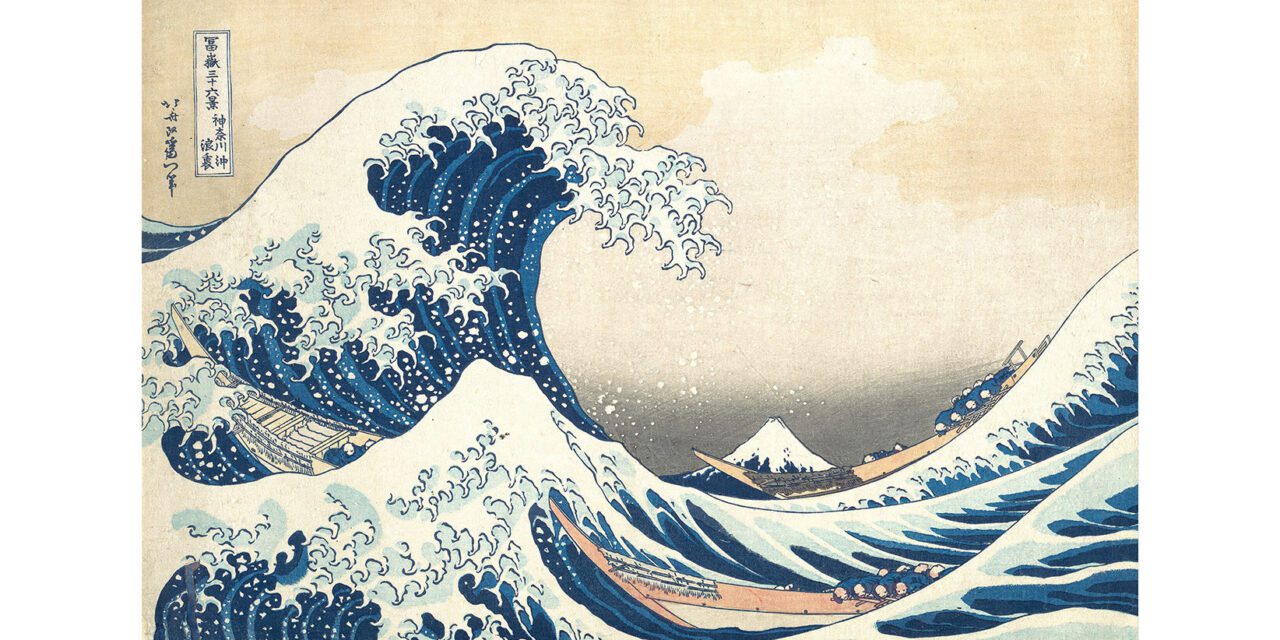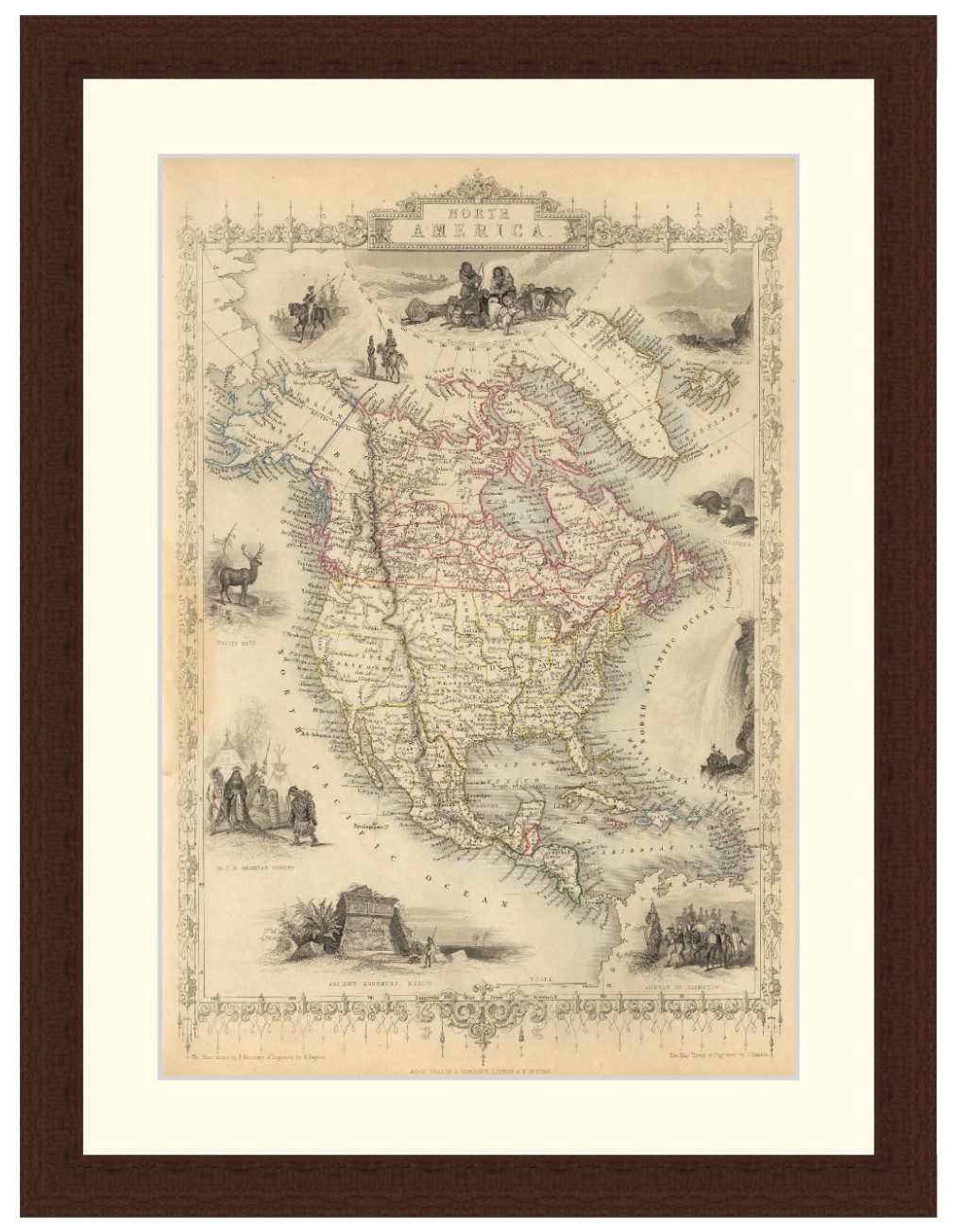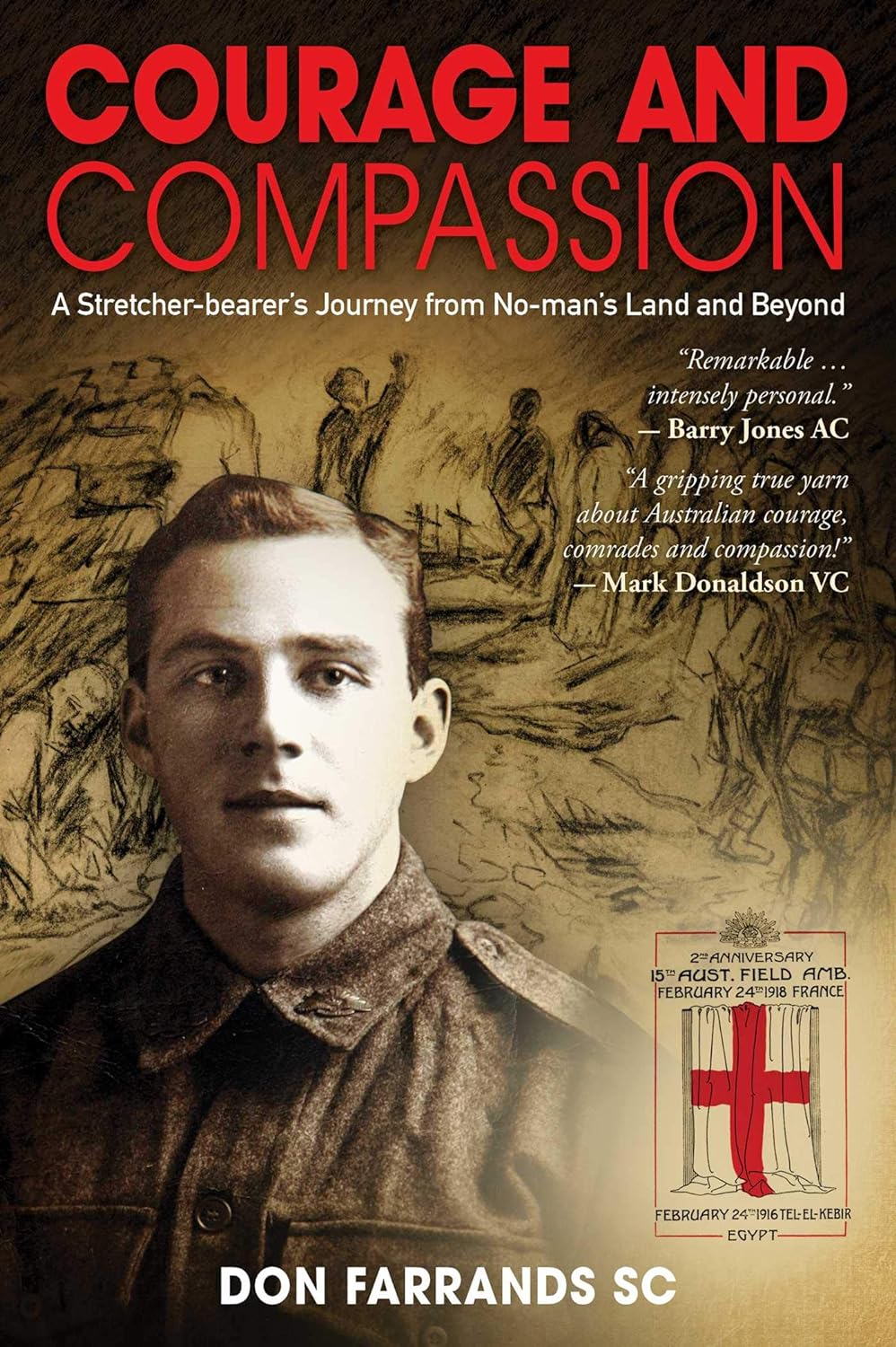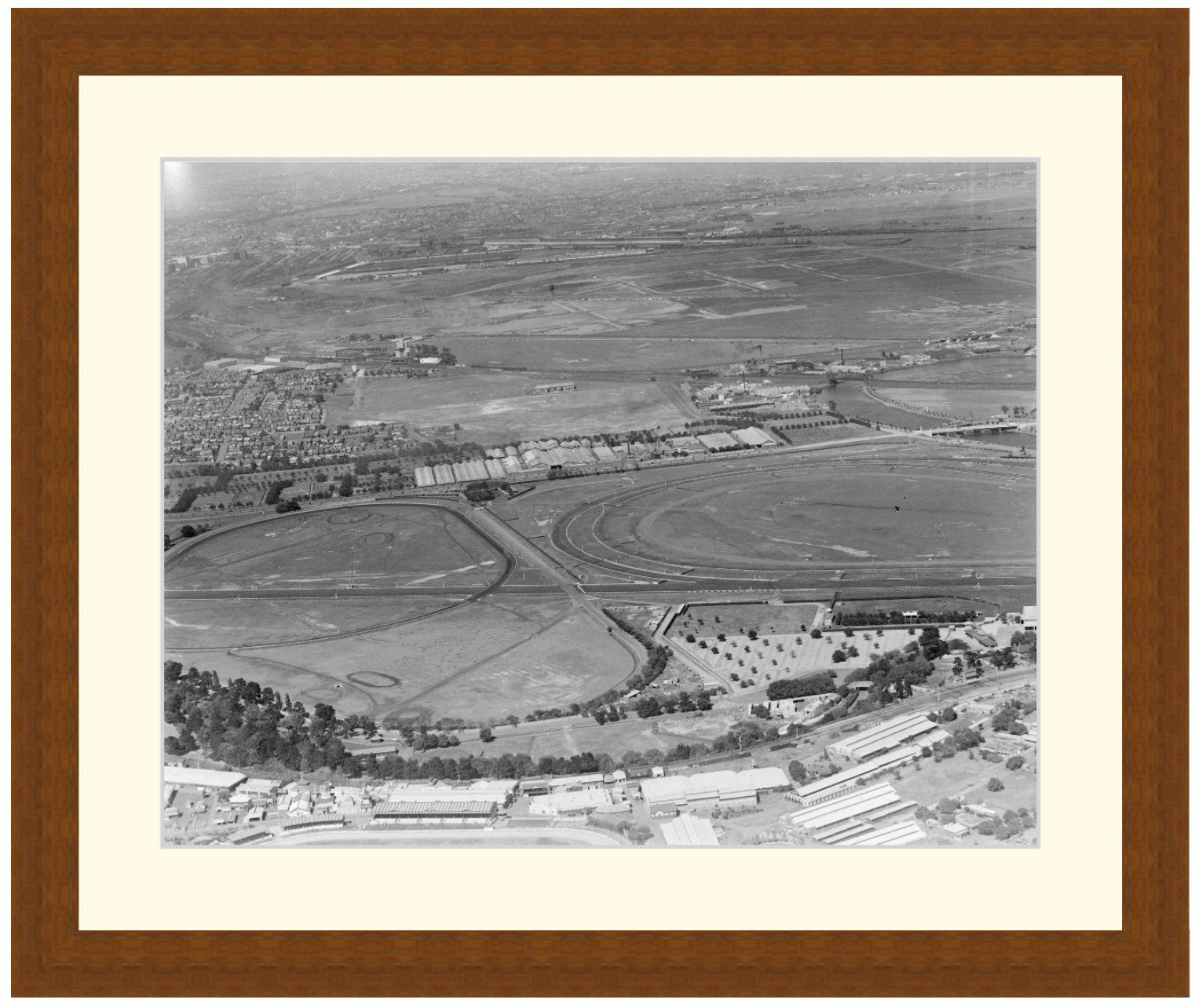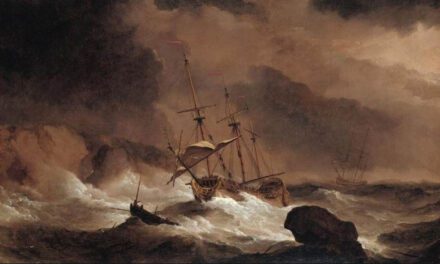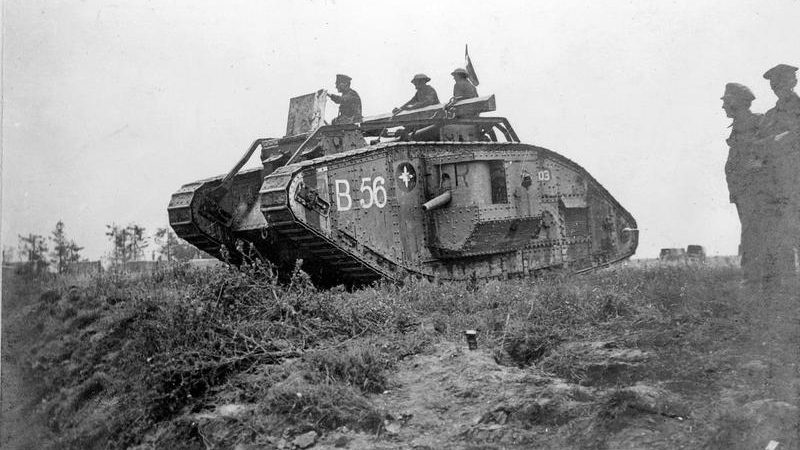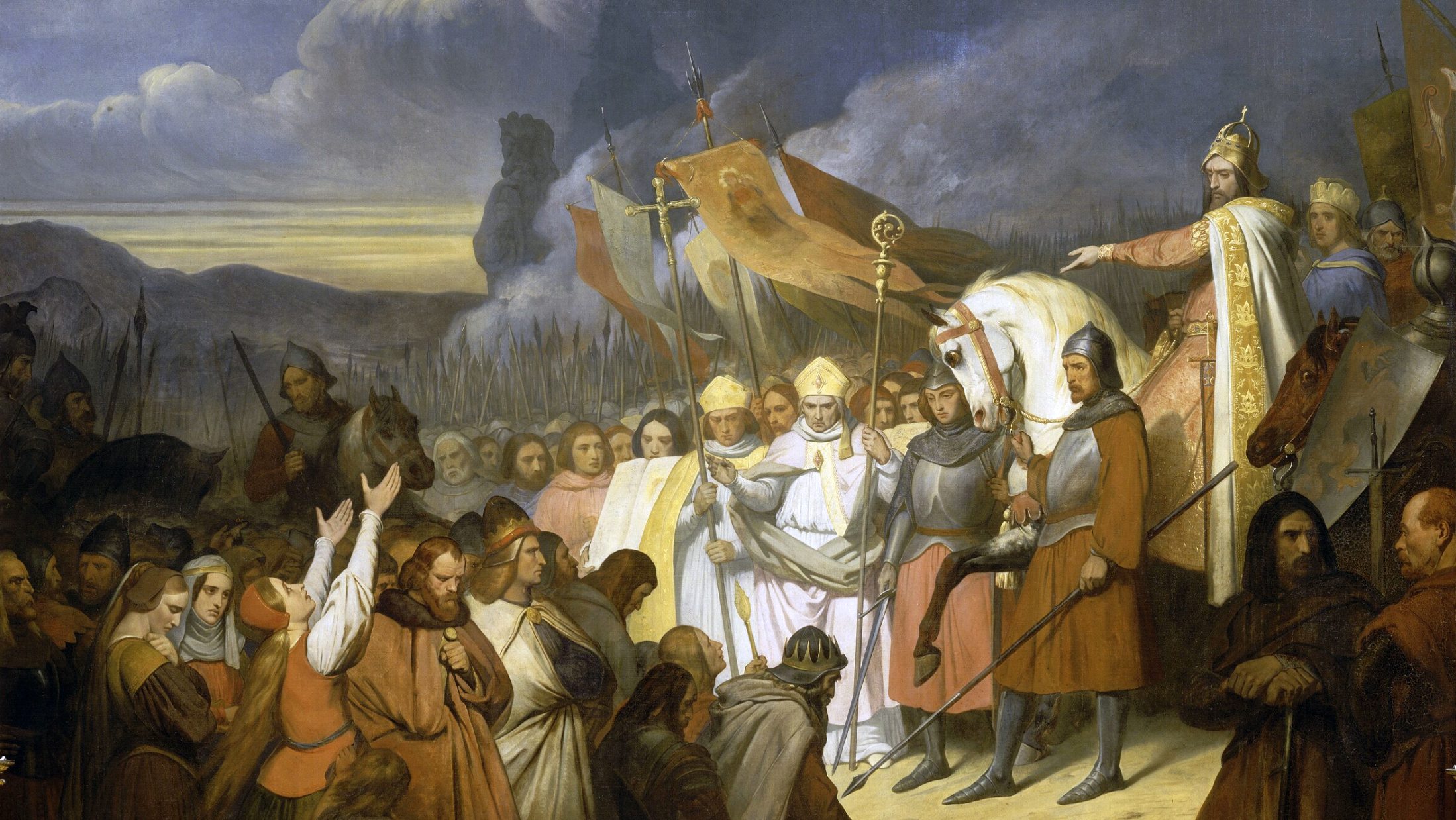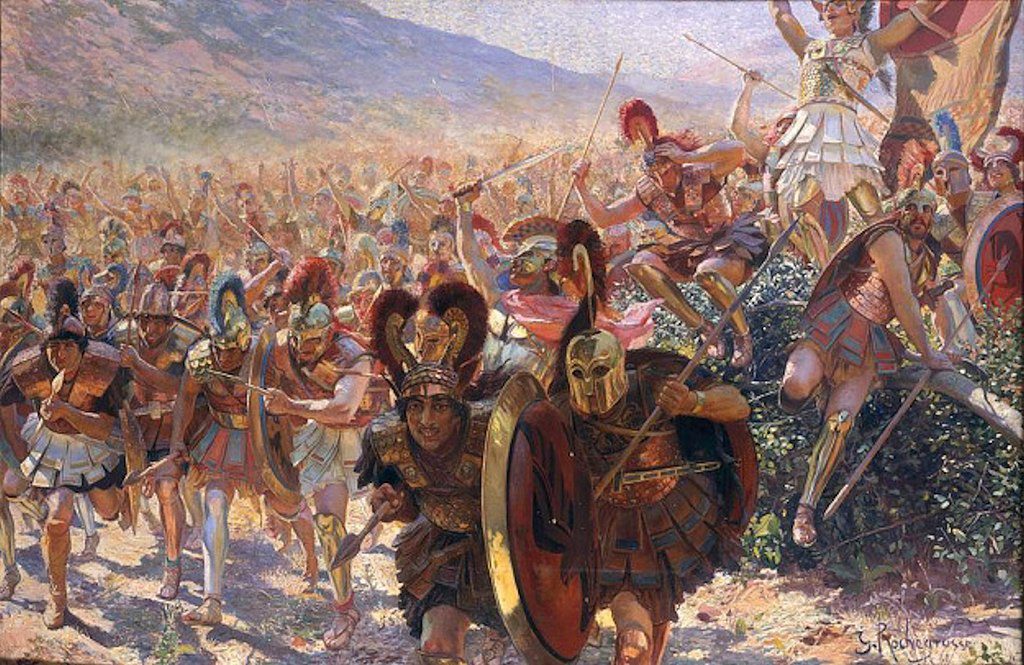History Guild General History Quiz 208
See how your history knowledge stacks up!
Want to know more about any of the questions? Scroll down to learn more!
Have an idea for a question? Suggest it here and we’ll include it in a future quiz!
The stories behind the questions
1. When was ‘The Great Wave off Kanagawa’ created?

1831 – Created by Hokusai, a Japanese ukiyo-e artist of the Edo period. This is part of the woodblock print series Thirty-Six Views of Mount Fuji.
2. How many Soviet prisoners of war volunteered, or were forced to serve in the German military during WW2?
1.4 million – Soviet prisoners in German captivity were treated appallingly, of nearly six million that were captured, around 3 million died during their imprisonment from starvation, disease or execution. Many were offered the choice to serve or starve, particularly prisoners from non-Russian ethnic groups.
Some of these took part in some of the last fighting of WW2 in Europe, when Georgians serving in the Wehrmacht on Texel island off the Dutch coast rose up and slaughtered their German masters. Hitler ordered the island to be retaken and fighting continued for weeks, well after the war’s end.
3. Which colonial power controlled West Papua until 1961?
Netherlands – The 16th century saw the arrival of European explorers in the region, with the Dutch taking a keen interest in West Papua due to its strategic location and abundant natural resources. The Dutch East India Company (VOC) established trade connections and gradually extended its influence over the region, and by the mid-19th century, Dutch colonial rule was firmly established. The Dutch continued to rule the region even after much of the rest of the Netherlands East Indies became Indonesia.
West Papuans began expressing their aspirations for self-determination, and the Dutch also began preparing the territory for self-governance. Across the 1950s a new nationalist identity solidified, leading to the establishment of the New Guinea Council, a representative body for West Papuans.
In 1961, the West Papuan people officially declared themselves independent and raised their new national flag the Morning Star.
Almost as soon as West Papua declared independence, Indonesian forces began to invade parts of the island, and by 1962 over 3,000 Indonesian soldiers had landed on the island, though most were captured by Dutch authorities. The Indonesians appealed to the international community for support, in particular the USSR.
Concerned about the spread of communism in the region, the United States and other Western powers supported Indonesia and pushed for a swift resolution to the conflict in order to prevent Indonesia from receiving support from the USSR and falling into the communist camp. This led to Indonesian rule of West Papua, a situation that remains to this day.
4. What had Auschwitz been used for before the Nazi regime converted it to an extermination camp?
Polish army barracks – After Germany invaded Poland in September 1939, the SS converted Auschwitz I, an army barracks, into a prisoner-of-war camp. For the first two years, the majority of inmates were Polish, the first gassings began in August 1941 and a large numbers of Jews were brought to and killed in the camp from this time onwards.
5. Where was the site of the deadliest bridge collapse ever?
Porto, Portugal – In 1809 the Ponte das Barcas, a wooden bridge over River Douro, collapsed causing around 4,000 deaths. It was overloaded with thousands of people fleeing a French attack during the First Battle of Porto.
6. Which bacteria caused the black death?
Yersinia pestis – Discovered in 1894 by Alexandre Yersin, it was mostly spread between rodents and fleas, with transmission to humans occuring when they were bitten by infected fleas. Ancient DNA analysis has confirmed it was the cause of the medieval Black Death, and has been found in human remains as old as 5,000 years old.
7. In which conflict was Winston Churchill captured as a prisoner of war?
Boer War – Commissioned as a second lieutenant in the 4th Queen’s Own Hussars in 1895, he fought in the Battle of Omdurman, part of the Anglo-Sudan War. During the Boer War he was captured, then escaped from a POW camp. In 1915 he rejoined the army, was temporarily promoted to lieutenant-colonel and given command of the 6th Royal Scots Fusiliers. He saw three months of active service in the Ploegsteert region.
8. When did the first kamikaze in Japanese history occur?
1281 – In 1281, Kublai Khan amassed an impressive armada of 4,400 ships carrying at least 140,000 Korean, Mongol and Chinese troops in a second attempt to invade Japan.
But Kublai Khan’s plans were thwarted when a two-day typhoon – known as a kamikaze (or “divine wind”) – hit the Tsushima Strait, apparently destroying approximately 80% of his fleet. Historians believe Kublai Khan’s troops either drowned at sea or were killed on the beaches by samurai.
9. When did the USA gain control of Puerto Rico?
1898 – A Spanish colony from 1493 to 1898, the USA occupied Puerto Rico during the Spanish-American War. Puerto Ricans are now U.S. citizens and can move freely between the island and the mainland, but they are unable to vote in US elections.
10. In which period of Egyptian history did Tutankhamun rule?
New Kingdom – The New Kingdom of Egypt spanned the Eighteenth to Twentieth Dynasties (c. 1550-1077 BCE), and was Egypt’s most prosperous time. It was ruled by pharaohs Hatshepsut, Thutmose III, Akhenaten, Tutankhamun and Ramesses II.

